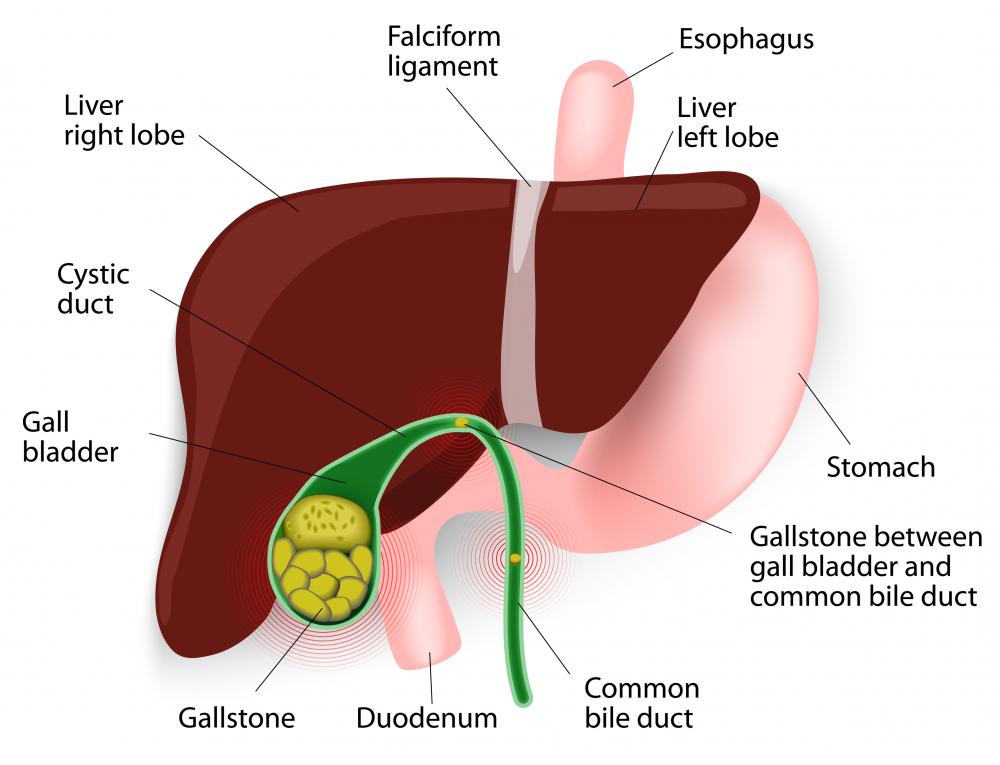At WiseGEEK, we're committed to delivering accurate, trustworthy information. Our expert-authored content is rigorously fact-checked and sourced from credible authorities. Discover how we uphold the highest standards in providing you with reliable knowledge.
What is a Fogarty Catheter?
A Fogarty catheter is a type of catheter which can be used for a number of medical applications. Developed by Dr. Thomas Fogarty in 1963, the Fogarty catheter is widely used all over the world in medical procedures and routine patient care. These catheters are manufactured by several producers of medical supplies.
The design of a Fogarty catheter includes a small inflatable balloon at the tip of the catheter. Once the catheter has been inserted and the placement has been confirmed, the balloon can be inflated with air or a sterile fluid. The filled balloon holds the catheter in place, ensuring that it will not move while it is used in medical procedures. After the need for the catheter is over, the balloon can be allowed to deflate so that the catheter can be removed.

Also known as a balloon catheter, a Fogarty catheter is a commonly stocked item in most hospitals. One use for a Fogarty catheter is in drainage. A patient who is having difficulty urinating might wear a Fogarty catheter to provide an outlet for urine, for example, with the balloon ensuring that the catheter does not slide out of place while the patient is wearing it. The catheter can be connected to a collection bag which will retain the fluid being drained until it can be examined or discarded. The device can be left in place for an extended period, making it a more pleasant alternative to the periodic insertion of a fresh catheter for drainage, which can be painful and may increase the risk of infection.

Fogarty catheters are also used in embolization and thrombectomy procedures, in which clots of blood are removed or blocked so that they cannot be dislodged. Floating clots can lead to medical problems such as strokes. There are a number of ways to approach these procedures, depending on the size and location of the clot and the preference of the medical provider performing the procedure. Using a Fogarty catheter during the procedure ensures that the catheter will not slip and complicate the proceedings.

These devices are also used to remove stones from the urinary tract and gall bladder. Stones or calculi are clusters of minerals which have clumped together, and they can cause considerable pain to the patient until they are naturally passed or removed. Removal of stones with the assistance of a catheter is not always possible, depending on the size and location of the stones.
AS FEATURED ON:
AS FEATURED ON:














Discussion Comments
@SailorJerry - I think they're different. Angioplasty is done with something called a balloon catheter. It goes in on guidewires and then the balloon inflates to get the plaque out of the way, as opposed to with a Fogarty catheter which inflates just to stay in place.
Now, what I hope someone can explain is the difference between a Foley catheter and a Fogarty, because they sound really similar. I had a Foley catheter when I was in labor; I think that's what they usually use to drain urine. (I kept trying and just couldn't get any urine out. Then I had an epidural and finally a C-section, so I would have needed it anyway.)
Foley vs. Fogarty, anyone? It sounds like they both have balloons.
The Fogarty or balloon catheter is making me think of balloon angioplasty, when they use a balloon to clear someone's blocked arteries. (My grandfather had it after his heart attack, years and years ago.) Is this the same tool they would use for that? Or is that a completely different kind of balloon.
Post your comments